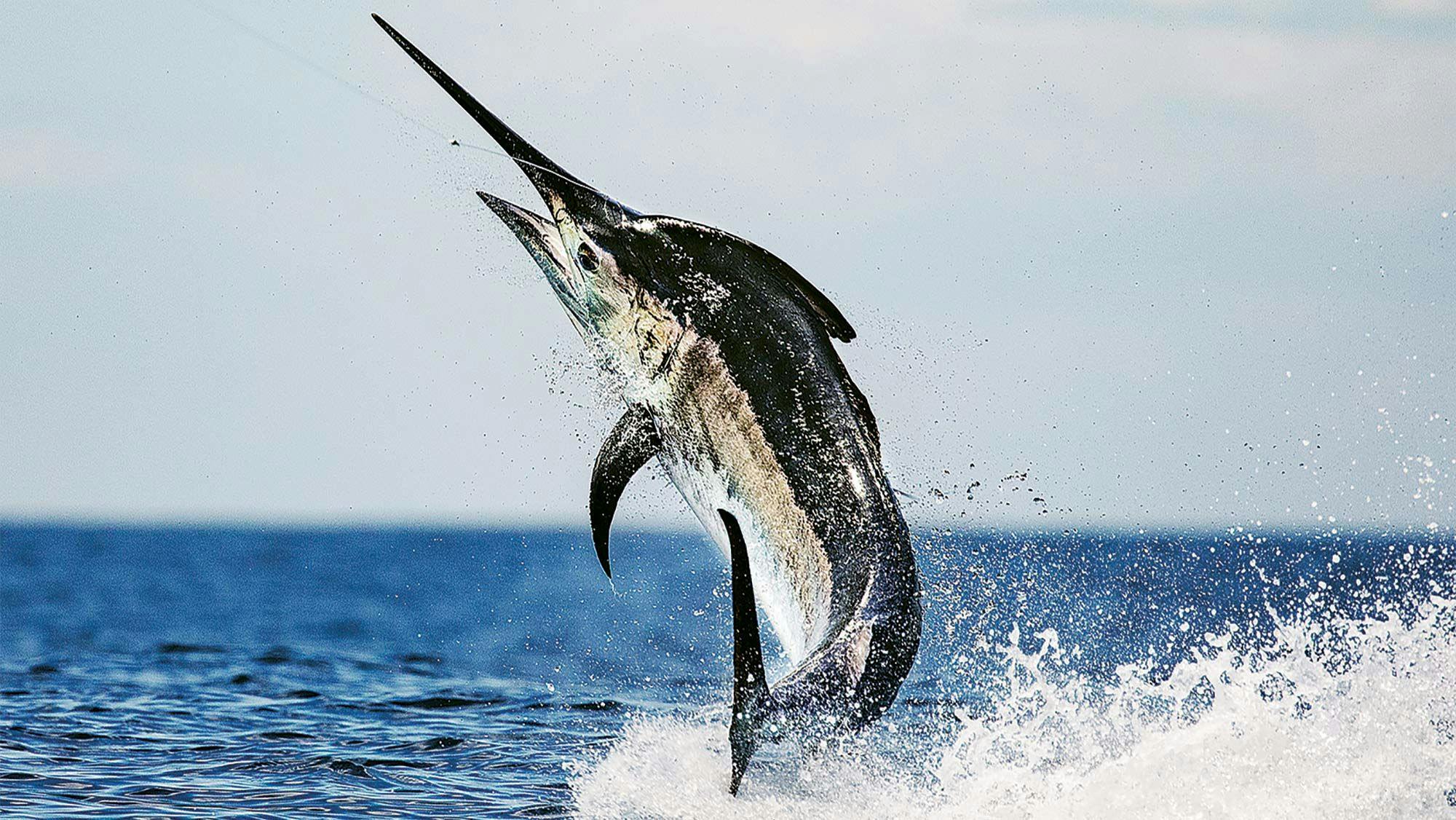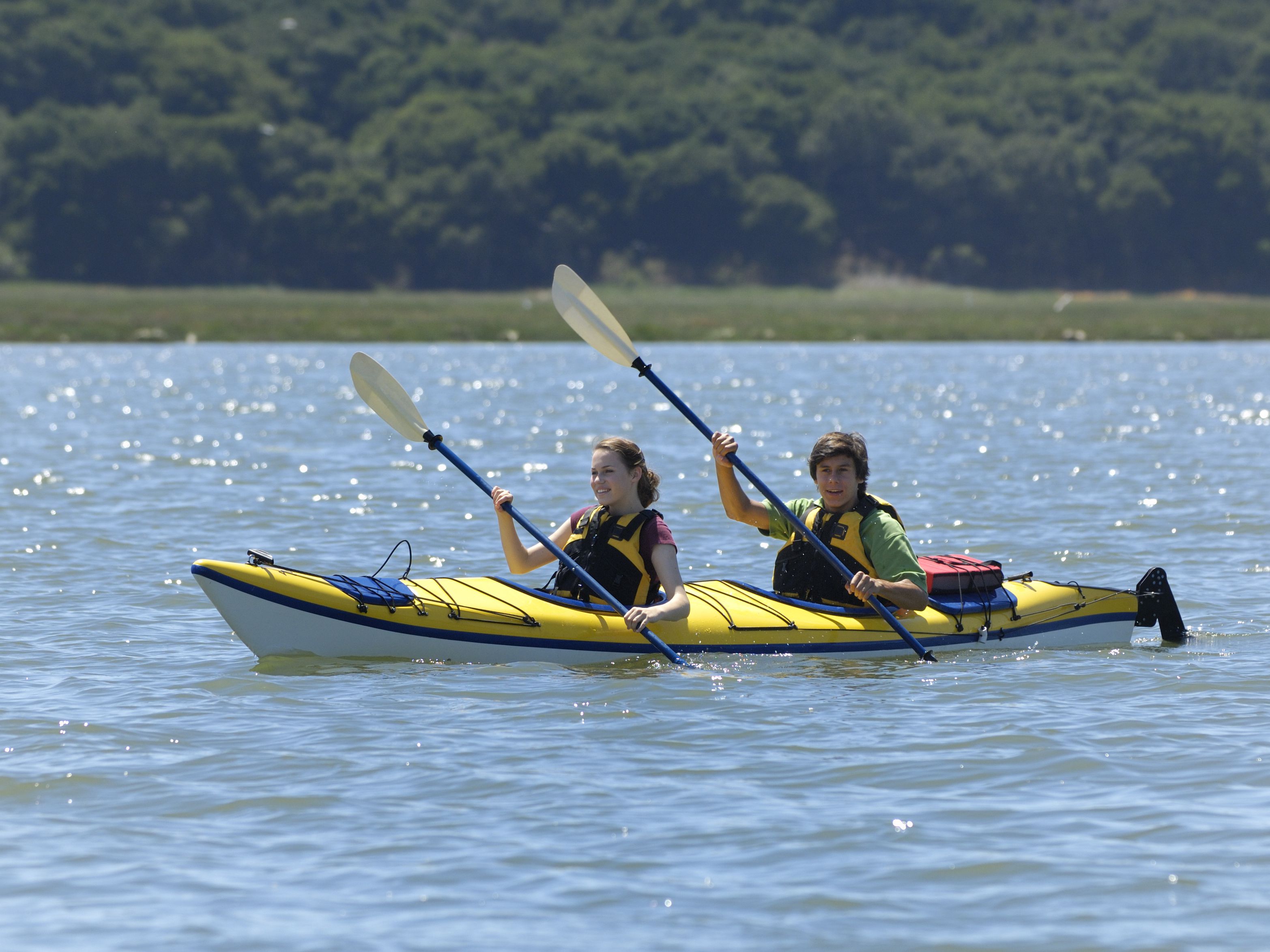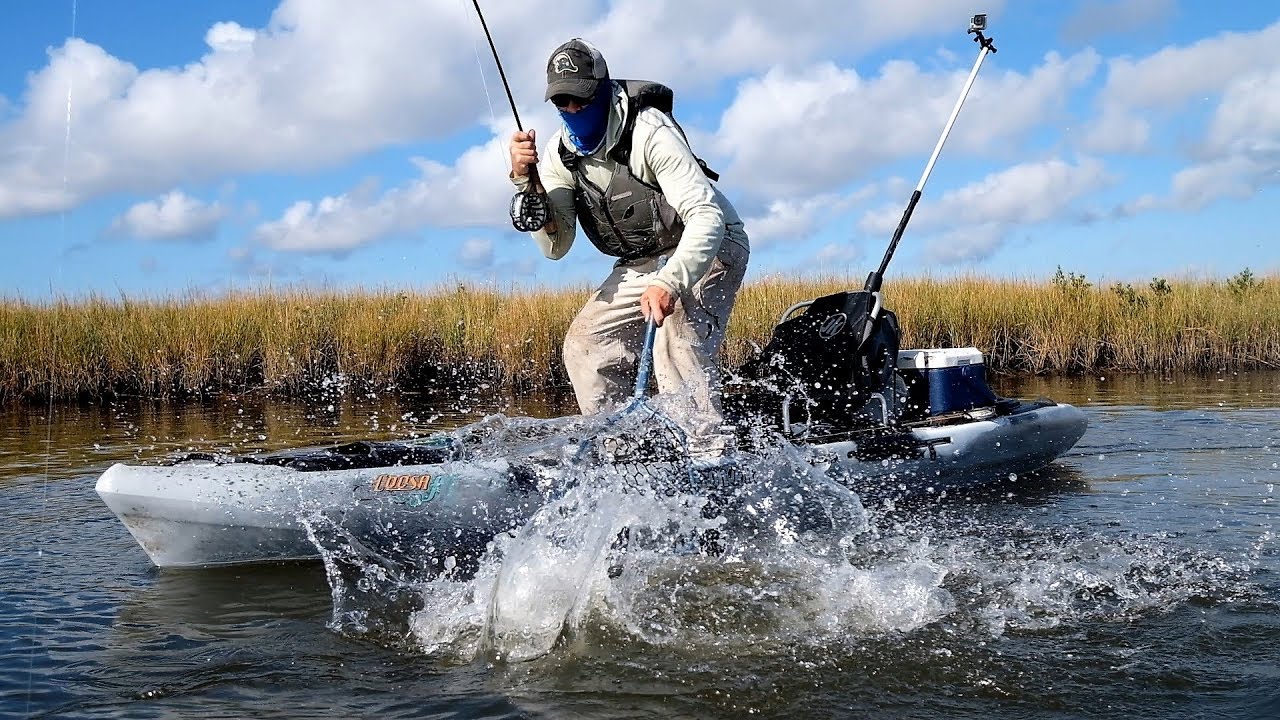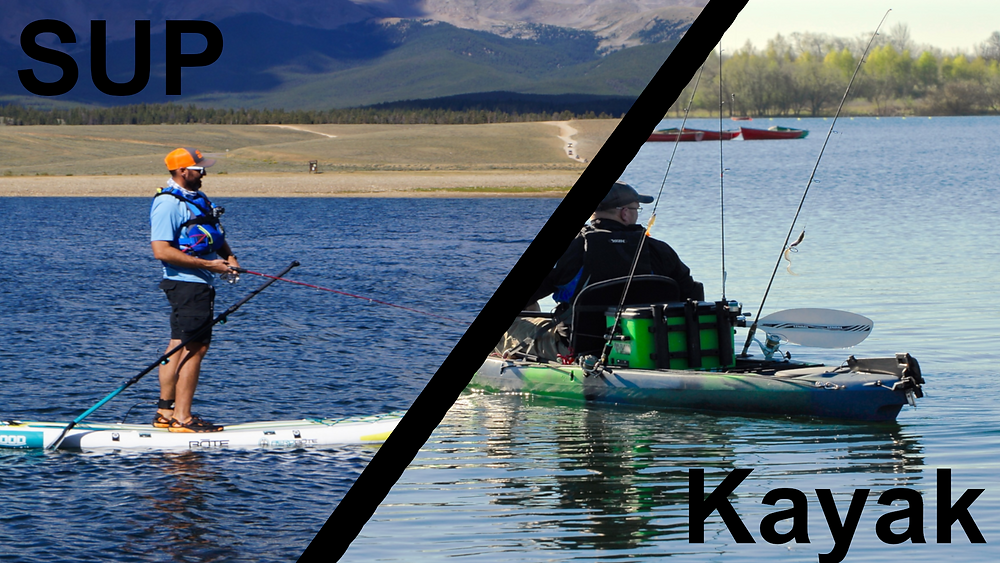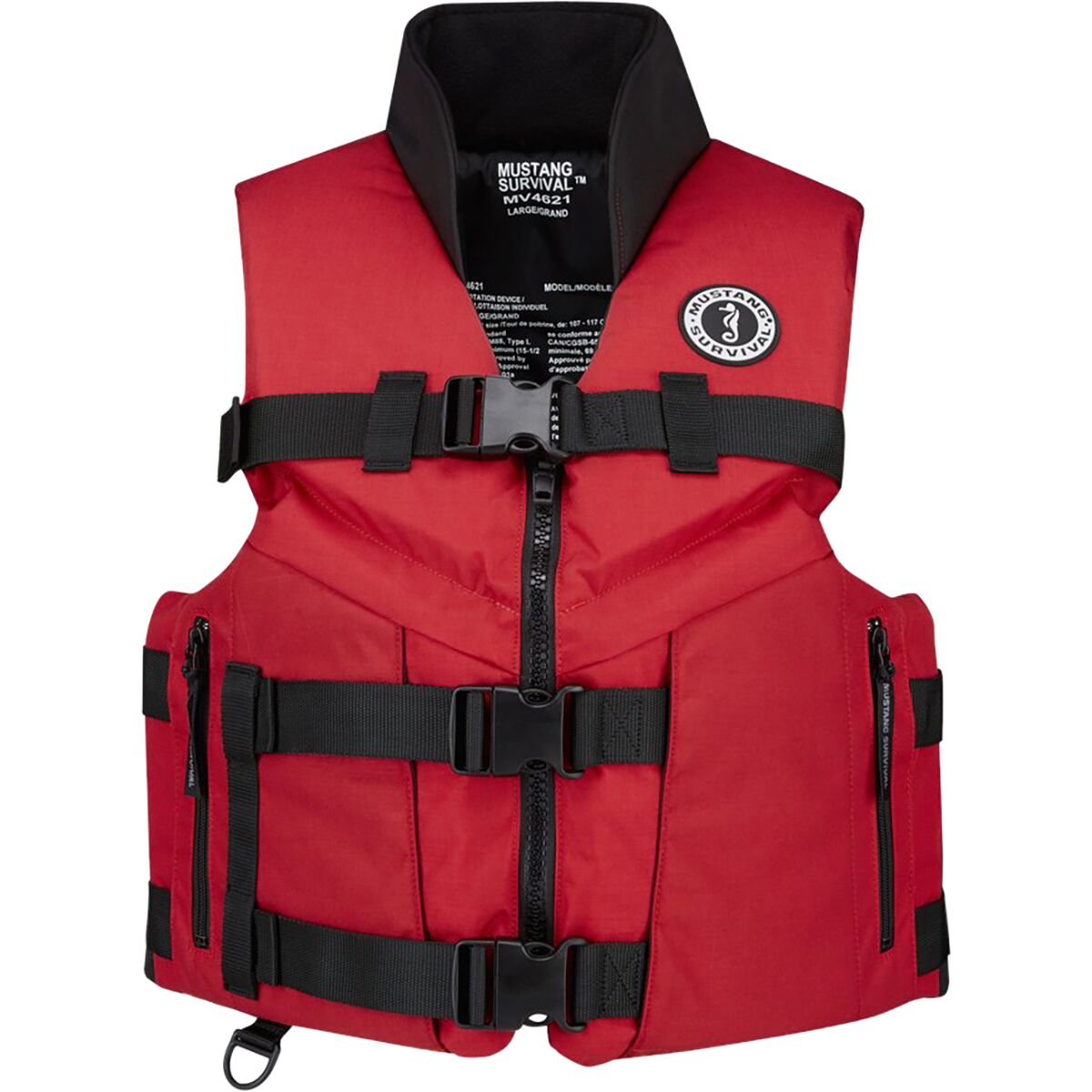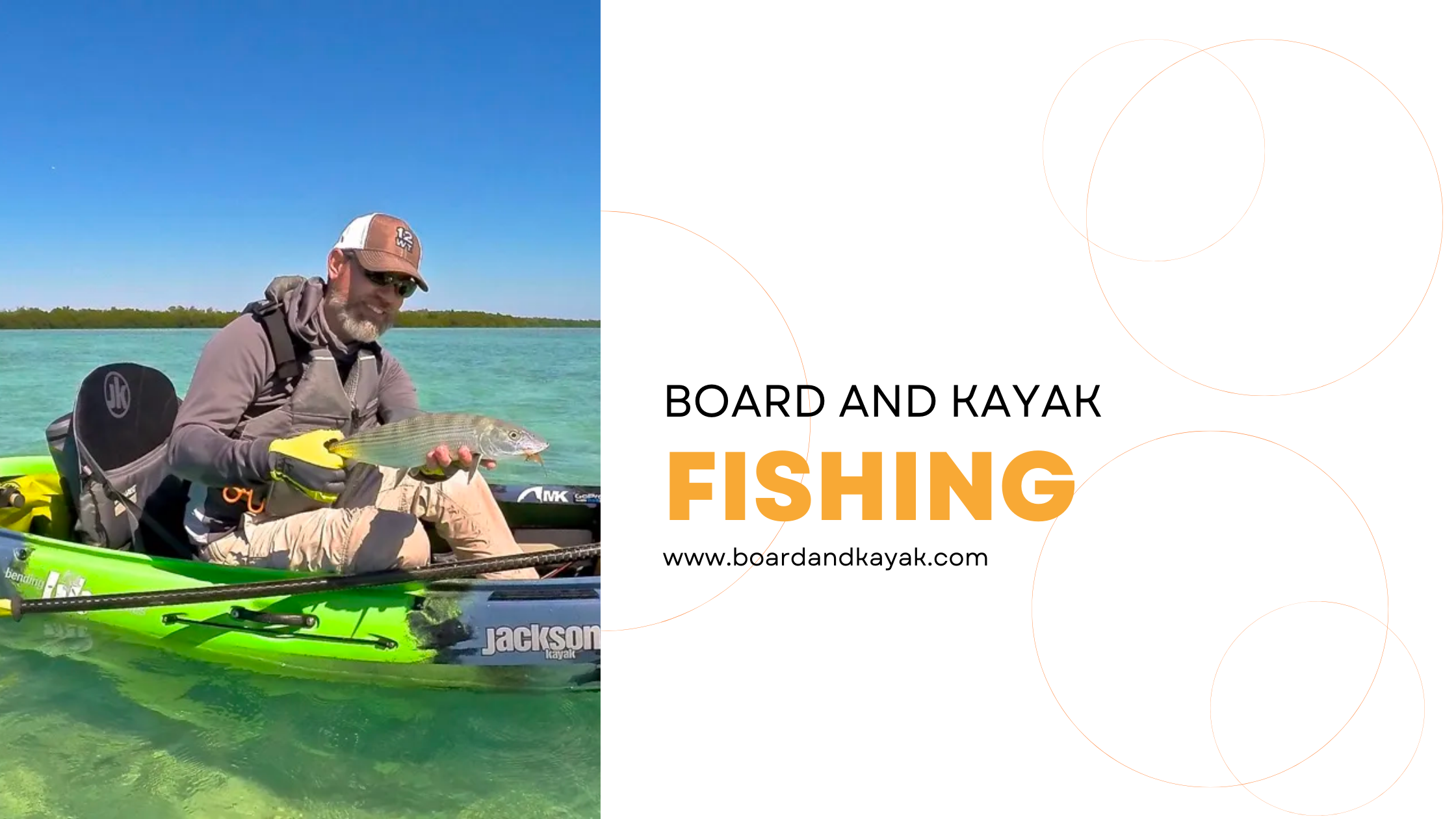
- Alabama
- Alaska
- Arizona
- Arkansas
- California
- Colorado
- Connecticut
- Delaware
- Florida
- Georgia
- Hawaii
- Idaho
- Illinois
- Indiana
- Iowa
- Kansas
- Kentucky
- Louisiana
- Maine
- Maryland
- Massachusetts
- Michigan
- Minnesota
- Mississippi
- Missouri
- Montana
- Nebraska
- Nevada
- New Hampshire
- New Jersey
- New Mexico
- New York
- North Carolina
- North Dakota
- Ohio
- Oklahoma
- Oregon
- Pennsylvania
- Rhode Island
- South Carolina
- South Dakota
- Tennessee
- Texas
- Utah
- Vermont
- Virginia
- Washington
- West Virginia
- Wisconsin
- Wyoming
Heavy Tackle Fishing: The Thrill of the Big Catch
Heavy Tackle Fishing
The exhilarating world of heavy tackle fishing is where adrenaline meets patience, and where skill is pitted against the might of the ocean's giants. While most forms of fishing bring their own unique charm and challenges, heavy tackle fishing stands out for its sheer intensity and the promise of battling and landing some of the ocean's most formidable creatures.
What is Heavy Tackle Fishing?
Heavy tackle fishing, often associated with big game fishing, involves pursuing and trying to catch large marine species. These are usually fish that can weigh several hundreds or even thousands of pounds. The primary target species include marlin, tuna, swordfish, and sharks.
Essential Gear and Equipment
To successfully land these massive fish, anglers require specialized gear that's significantly sturdier than regular fishing equipment.
Rods and Reels: Heavy tackle rods are designed to be robust, with the strength to endure the power of a massive fish. The reels used are large, durable, and have a high line capacity to handle long runs by the fish.
Line and Leaders: Anglers typically use very strong braided or monofilament lines that can withstand the intense strain. In addition, heavy-duty leaders, often made of metal or thick monofilament, are used to ensure that the fish can't bite through.
Hooks and Lures: Large, strong hooks are a must. Lures used for heavy tackle fishing are generally larger and often imitate the favorite prey of big game species.
Fighting Chair: This is a chair fixed to the boat that provides a secure seat for the angler while battling a big fish. It usually has a mechanism to hold the fishing rod, allowing the angler to use their entire body strength during the fight.
Skills and Techniques
Heavy tackle fishing is not just about strength; it requires a combination of knowledge, experience, and technique.
Locating the Fish: Knowledge of the marine environment and understanding where big game species might be feeding or migrating is essential. Many experienced anglers rely on technology like sonar to locate schools of fish.
Setting the Drag: The reel's drag system plays a vital role in fighting a big fish. Setting it too tight risks breaking the line, but too loose, and the fish could escape. Striking a balance is crucial.
Fighting the Fish: The angler must learn to 'read' the fish, understanding when to apply pressure and when to let the fish run. Overexerting can lead to losing the fish or causing it harm.
Ethical Considerations
With the thrill of the chase comes responsibility. Overfishing and targeting endangered species can have detrimental effects on marine ecosystems. Many heavy tackle anglers practice catch and release, ensuring the survival and well-being of the fish after the battle. It's essential to handle the fish with care, minimize out-of-water time, and use equipment that reduces harm.
In Conclusion
Heavy tackle fishing is more than just a sport; it's an experience that brings anglers closer to the mysteries of the deep blue. It's a game of respect – between the angler and the marine behemoths they pursue. With the right equipment, skills, and an ethical approach, heavy tackle fishing promises a thrill like no other, merging the raw power of nature with human determination.
